Stackable Plastic Boxes vs Rattan Baskets: Complete Cost Analysis Guide
Table Of Contents
- Introduction
- Initial Cost Comparison: Plastic Boxes vs Rattan Baskets
- Long-Term Value Assessment
- Functionality and Practicality
- Aesthetic Value and Design Impact
- Environmental Considerations and Hidden Costs
- Cost-Benefit Analysis for Different Home Scenarios
- Making the Right Choice: Decision Framework
- Conclusion
When it comes to home organization, the choice between stackable plastic boxes and rattan baskets represents more than just an aesthetic preference—it's an investment decision that affects both your space and your budget. As Singapore's living spaces become increasingly compact and multifunctional, selecting the right storage solution becomes crucial for maintaining an organized, beautiful home without unnecessary expense.
At Loft Home Furniture, we understand that every storage decision balances practicality with design sensibility. The humble storage container—whether a sleek stackable plastic box or a naturally textured rattan basket—plays a significant role in both the functionality and visual appeal of your living space. But which option truly provides better value for your investment?
This comprehensive cost analysis delves beyond simple price tags to examine the true financial implications of choosing plastic versus rattan storage solutions. We'll explore initial costs, longevity, maintenance requirements, and aesthetic value retention to help you make an informed decision that aligns with both your budget and your home design goals. Whether you're outfitting a minimalist apartment, organizing a family home, or styling a rental property, understanding the complete cost picture will ensure you invest wisely in storage solutions that truly meet your needs.
Initial Cost Comparison: Plastic Boxes vs Rattan Baskets
The first consideration when comparing stackable plastic boxes and rattan baskets is naturally the upfront investment. At first glance, the cost difference can be substantial, but understanding what drives these price points helps in making a value-based decision rather than a purely price-driven one.
Stackable plastic storage boxes typically range from $5 to $30 per unit, depending on size, quality, and features like locking lids or wheels. Premium plastic options with specialized features (airtight seals, UV protection, decorative finishes) may reach $40-50 per unit. The material cost for production is relatively low, which translates to more affordable retail prices.
Rattan baskets, by comparison, generally start at $15 for basic small options and can exceed $100 for larger, artisanally crafted pieces. This higher price point reflects several factors: the natural material sourcing, the often handcrafted production process, and the perceived aesthetic value. Designer rattan pieces from high-end brands may command even premium prices, positioning them as décor investments rather than mere storage utilities.
For a practical comparison, outfitting a standard bookshelf with storage containers might require 6-8 units. Using basic plastic boxes could cost $30-80 total, while equivalent rattan baskets might range from $90-400—a significant difference when working with a tight budget. However, this initial price gap tells only part of the story in our comprehensive cost analysis.
Long-Term Value Assessment
Durability and Lifespan
The true cost of any home investment must consider how long the item will remain functional and appealing. Here, plastic boxes and rattan baskets offer distinctly different value propositions.
Quality plastic storage boxes can last 10-15 years or more with proper use. They resist moisture, most impacts, and general wear, maintaining their functionality consistently throughout their lifespan. High-density polyethylene or polypropylene containers offer particular durability, withstanding temperature fluctuations and regular handling without deteriorating. Their resilience is especially valuable in high-traffic areas or for storing heavier items.
Rattan baskets, while sturdy when well-crafted, typically have a more variable lifespan of 5-10 years depending on usage conditions and quality of materials. Natural rattan can become brittle if exposed to excessive sunlight or humidity, potentially requiring replacement sooner than plastic alternatives. However, premium rattan products from reputable sources like Loft Home's rattan storage collection are designed with durability in mind, often featuring reinforced weaving techniques and protective treatments.
When calculating cost per year of use, a $20 plastic box lasting 12 years costs approximately $1.67 annually, while a $60 rattan basket lasting 7 years costs about $8.57 annually—a significant difference in long-term value despite the aesthetic benefits rattan may offer.
Maintenance Costs
Beyond the purchase price, maintenance requirements contribute to the overall cost of ownership for both storage options.
Plastic boxes excel in low-maintenance convenience. They require minimal upkeep—typically just occasional wiping with a damp cloth and mild soap. This simplicity translates to negligible maintenance costs over their lifetime. Additionally, plastic containers generally don't require specialized cleaning products or treatments, making them exceptionally cost-effective from a maintenance perspective.
Rattan baskets demand more attentive care to maintain their appearance and structural integrity. Regular dusting is essential, and occasional deeper cleaning may be necessary. Natural rattan benefits from annual conditioning with oil-based products to prevent drying and cracking, adding a small but consistent maintenance cost of approximately $10-15 per year if properly cared for. Neglecting this maintenance might lead to premature replacement, further increasing the lifetime cost differential.
For households with limited time for maintenance tasks, the additional care requirements for rattan represent not just financial costs but also time investment considerations—an important factor for busy professionals or families.
Functionality and Practicality
Stackability and Space Efficiency
In Singapore's space-conscious homes, the efficiency with which storage solutions utilize available space directly impacts their value. The stackability feature of plastic boxes creates significant space-saving advantages that translate to economic benefits.
Stackable plastic boxes are precisely designed for vertical storage, with uniform dimensions and secure stacking mechanisms. This allows for maximizing storage capacity in limited spaces—potentially reducing the need for additional furniture pieces like cabinets or shelving units. The ability to stack boxes to ceiling height in closets or storerooms can save valuable square footage that would otherwise require larger housing—a substantial financial consideration in Singapore's real estate market.
Rattan baskets, while sometimes designed with stacking in mind, typically don't offer the same stability or space efficiency when stacked. Their organic shapes and materials often limit secure stacking to 2-3 baskets high, requiring more horizontal space for equivalent storage capacity. For apartments where space comes at a premium of $1,000+ per square foot, this spatial inefficiency represents a hidden cost worth considering.
Additionally, plastic containers often feature standardized dimensions that integrate well with existing storage systems, further enhancing their space utilization value—particularly in spaces like wardrobes or under-bed areas.
Versatility Across Different Spaces
The ability to repurpose storage containers across different areas of your home adds significant value to your investment, effectively reducing the need for multiple specialized storage solutions.
Plastic storage boxes demonstrate exceptional versatility. The same container might serve for seasonal clothing storage, holiday decoration organization, document filing, or even food storage (for food-grade options). This adaptability means fewer total containers needed for different purposes, representing cost savings compared to purchasing specialized solutions for each need. Many plastic options are also suitable for both indoor and outdoor use, providing additional flexibility.
Rattan baskets offer more limited versatility due to their material properties. They excel in visible storage areas like living rooms, bedrooms, and decorative spaces, but may be less practical for utility areas like garages or for storing items requiring moisture protection. Their aesthetic appeal is typically designed with specific décor styles in mind, potentially limiting their usefulness if you redecorate or move to a differently styled space.
This versatility gap means households often need to purchase additional storage solutions to complement rattan baskets, increasing the total investment compared to more adaptable plastic options that can serve multiple purposes throughout their lifespan.
Aesthetic Value and Design Impact
Design Longevity
While functionality delivers practical value, the aesthetic contribution of storage solutions to your home environment also carries financial implications, particularly regarding design longevity and replacement cycles.
Rattan baskets offer distinct advantages in this category. Their natural, organic aesthetic has demonstrated remarkable staying power in interior design trends, remaining desirable across decades rather than falling victim to passing fads. This timeless quality means rattan pieces often remain visually relevant for their entire functional lifespan, reducing the likelihood of trend-driven replacements. The natural texture and warm tones of rattan complement a wide range of interior styles from Scandinavian to bohemian to contemporary designs.
Plastic storage boxes, while increasingly available in stylish designs and colors, tend to more quickly reveal their era of origin through material finishes, color trends, and design details. Clear plastic boxes offer timeless utility but minimal aesthetic contribution, while colored or patterned options may feel dated as design trends evolve. This aesthetic obsolescence can prompt replacement before functional necessity, potentially increasing long-term costs despite lower initial investment.
For visible storage areas where containers remain in sight, rattan's design longevity may justify its higher initial cost by reducing the likelihood of aesthetically-motivated replacements every few years—an important consideration for design-conscious homeowners.
Contribution to Home Value
Beyond personal enjoyment, storage solutions can impact the perceived value of your living space—particularly relevant for those considering future property resale or rental prospects.
Well-chosen rattan storage pieces contribute to a curated, thoughtfully designed appearance that can enhance overall home presentation. In real estate contexts, such attention to aesthetic details can positively influence buyer or renter perceptions of property value. This is especially relevant in Singapore's competitive property market, where design differentiation can meaningfully impact property valuations and rental rates.
Plastic storage solutions, while practical, rarely add to perceived property value and may even detract if visible in property viewings. Real estate professionals often recommend removing utilitarian plastic storage during property staging, whereas quality rattan pieces frequently remain as design assets during showings.
This distinction doesn't necessarily justify the higher cost of rattan for all situations, but it represents a potential value consideration for property owners concerned with maximizing future resale or rental returns on their home investments.
Environmental Considerations and Hidden Costs
Environmental factors increasingly influence purchasing decisions, with both immediate cost implications and longer-term societal impacts worth considering.
Plastic storage boxes present complex environmental considerations. While durable and long-lasting (reducing replacement frequency), they're petroleum-based products with significant carbon footprints during manufacturing. Quality plastic containers can be recycled at end-of-life, but many lower-quality options ultimately contribute to landfill waste. As environmental regulations evolve, potential future costs like plastic taxes or disposal fees might affect the lifetime cost equation for plastic products.
Rattan baskets generally offer stronger environmental credentials. Rattan is a renewable resource that grows relatively quickly, and traditional weaving techniques have minimal environmental impact. The biodegradable nature of natural rattan means end-of-life disposal creates less permanent waste. However, transportation impacts for imported rattan products should be considered in their overall environmental footprint.
For environmentally conscious consumers, these factors may justify the higher initial investment in rattan as aligning with sustainability values. Some consumers are willing to pay a premium of 15-25% for products with stronger environmental credentials, viewing this as an investment in broader societal benefits rather than a pure cost.
It's worth noting that many contemporary storage options bridge these categories, with eco-conscious plastic alternatives and sustainably harvested rattan becoming increasingly available to consumers seeking to balance practical, financial, and environmental considerations.
Cost-Benefit Analysis for Different Home Scenarios
Small Apartments
In Singapore's compact apartments, storage efficiency directly impacts livability and perceived spaciousness. For these environments, the cost-benefit analysis reveals specific advantages for each option.
Stackable plastic boxes offer exceptional space optimization in limited square footage. Their ability to maximize vertical storage in closets and utility areas creates valuable space efficiency in apartments where every square foot matters. For rental properties where temporary solutions are preferred, the lower investment in plastic storage also reduces sunk costs when relocating. For a typical 3-room HDB apartment, investing $150-200 in a comprehensive plastic storage system can effectively increase usable living space by creating organized storage in otherwise unused vertical areas.
Rattan baskets, while less space-efficient, contribute significant aesthetic value in small apartments where storage is inevitably visible in living areas. In open-concept designs where storage containers become part of the décor, rattan's natural appeal can enhance the overall design coherence. Though more costly at $250-400 for a comparable set, this investment serves dual purposes as both storage and décor elements—potentially eliminating the need for additional decorative purchases.
For small apartment dwellers, the optimal approach often combines both: plastic solutions for utility areas and closets where visibility is limited, complemented by select rattan pieces for visible storage in living spaces—creating both efficiency and aesthetic appeal within budget constraints.
Family Homes
Family homes present different storage challenges, with greater volume needs and considerations for durability against more intensive use—affecting the value equation for storage investments.
Stackable plastic containers demonstrate particular value in family settings where versatility and durability are essential. Their resistance to moisture and impact makes them ideal for children's toys, sports equipment, and seasonal items in high-traffic family homes. The modular nature of matching plastic systems also allows for incremental expansion as family storage needs grow. For growing families, an initial investment of $300-400 in a comprehensive plastic storage system can accommodate changing needs across 10+ years, representing excellent long-term value.
Rattan storage offers complementary benefits for family homes, particularly in living areas where aesthetically pleasing toy storage can maintain a sophisticated adult environment while accommodating children's items. Though requiring more careful handling, quality rattan pieces can transition between functions as family needs evolve—storing toys during early years, then serving for throws, media, or decorative items as children grow. This adaptability helps justify the higher $500-700 investment for multiple quality rattan pieces in family settings.
For family homes, the optimal value approach typically involves strategic deployment: durable plastic options for utility spaces, children's closets, and garage/storage areas, with select rattan pieces in adult-oriented spaces where aesthetic value enhances daily living experiences.
Rental Properties
Rental situations present unique cost considerations, with shorter time horizons and different value priorities affecting storage investments.
For renters anticipating moves within 2-3 years, plastic storage containers offer significant advantages. Their durability during relocation, standardized dimensions that adapt to different spaces, and lower initial investment all reduce the financial risk of storage purchases that might not suit future homes. The typical $150-250 investment in a basic plastic storage system represents low sunk costs if living situations change unexpectedly.
Landlords furnishing rental properties often find plastic solutions more practical despite their aesthetic limitations. The lower replacement costs, easy cleaning between tenants, and resistance to damage make plastic options financially advantageous for income properties where tenant care of items may vary considerably.
However, for longer-term renters seeking to create a more personalized environment, strategic investment in select rattan pieces for visible areas can enhance rental living without excessive commitment. Focusing on versatile basket sizes that could serve multiple purposes in different floor plans maximizes the value of the higher investment across future homes.
The rental context generally favors lower initial investments and maximum adaptability, making plastic solutions financially advantageous for most rental scenarios—with selective rattan pieces as occasional upgrades rather than comprehensive solutions.
Making the Right Choice: Decision Framework
To determine the most cost-effective storage solution for your specific needs, consider this practical decision framework that balances financial and functional priorities:
1. Visibility Factor: For high-visibility areas where storage contributes to your home's aesthetic impression, rattan's higher cost may be justified by its design contribution. For hidden storage in closets, under beds, or utility areas, the premium for rattan rarely delivers equivalent value—making plastic the more cost-effective choice.
2. Usage Intensity: For frequently accessed items or storage that will endure regular handling, plastic's durability typically offers better long-term value despite its lower aesthetic appeal. For occasionally accessed items in gentle-use scenarios, rattan's longevity can match its aesthetic benefits.
3. Moisture Exposure: In environments with humidity fluctuations or potential water exposure (bathrooms, balconies, kitchen areas), plastic's moisture resistance delivers superior value through extended lifespan, while rattan may require premature replacement if exposed to excessive moisture.
4. Weight Capacity: For storing heavier items, plastic's structural strength generally provides better value through reduced replacement needs, while rattan excels for lightweight, delicate items where its gentler surfaces prevent damage to contents.
5. Design Timeline: If you anticipate maintaining your current interior design approach for 5+ years, rattan's timeless appeal and design longevity may justify its higher initial investment. For evolving spaces or transitional homes, plastic's lower commitment allows for more flexible adaptation to changing needs.
By evaluating these factors against your specific living situation, you can make storage investments that maximize both immediate functionality and long-term value—often resulting in a strategic combination of both materials deployed where each delivers optimal benefits.
Conclusion
The choice between stackable plastic boxes and rattan baskets ultimately represents a balance between practical utility and aesthetic value, with cost implications that extend far beyond the initial purchase price. While plastic solutions generally offer superior functional value through durability, versatility, and space efficiency, rattan provides aesthetic benefits and design longevity that may justify its higher investment in visible areas of your home.
Most Singapore homes benefit from a thoughtful combination of both options: strategic deployment of practical plastic storage in utility spaces and hidden areas, complemented by select rattan pieces in visible locations where their design contribution enhances daily living experiences. This balanced approach maximizes the cost-effectiveness of your storage investments while creating a home environment that balances organization with aesthetic appeal.
At Loft Home Furniture, we understand that every storage decision contributes to both the functionality and beauty of your living space. Whether you're drawn to the practical efficiency of stackable plastic or the natural warmth of rattan—or most likely, a strategic combination of both—investing in quality storage solutions pays dividends through enhanced organization, space optimization, and living enjoyment for years to come.
Explore our complete range of storage solutions to find the perfect balance of functionality, aesthetics, and value for your Singapore home. Visit our showroom at Gambas Crescent or shop online at lofthome.com today.
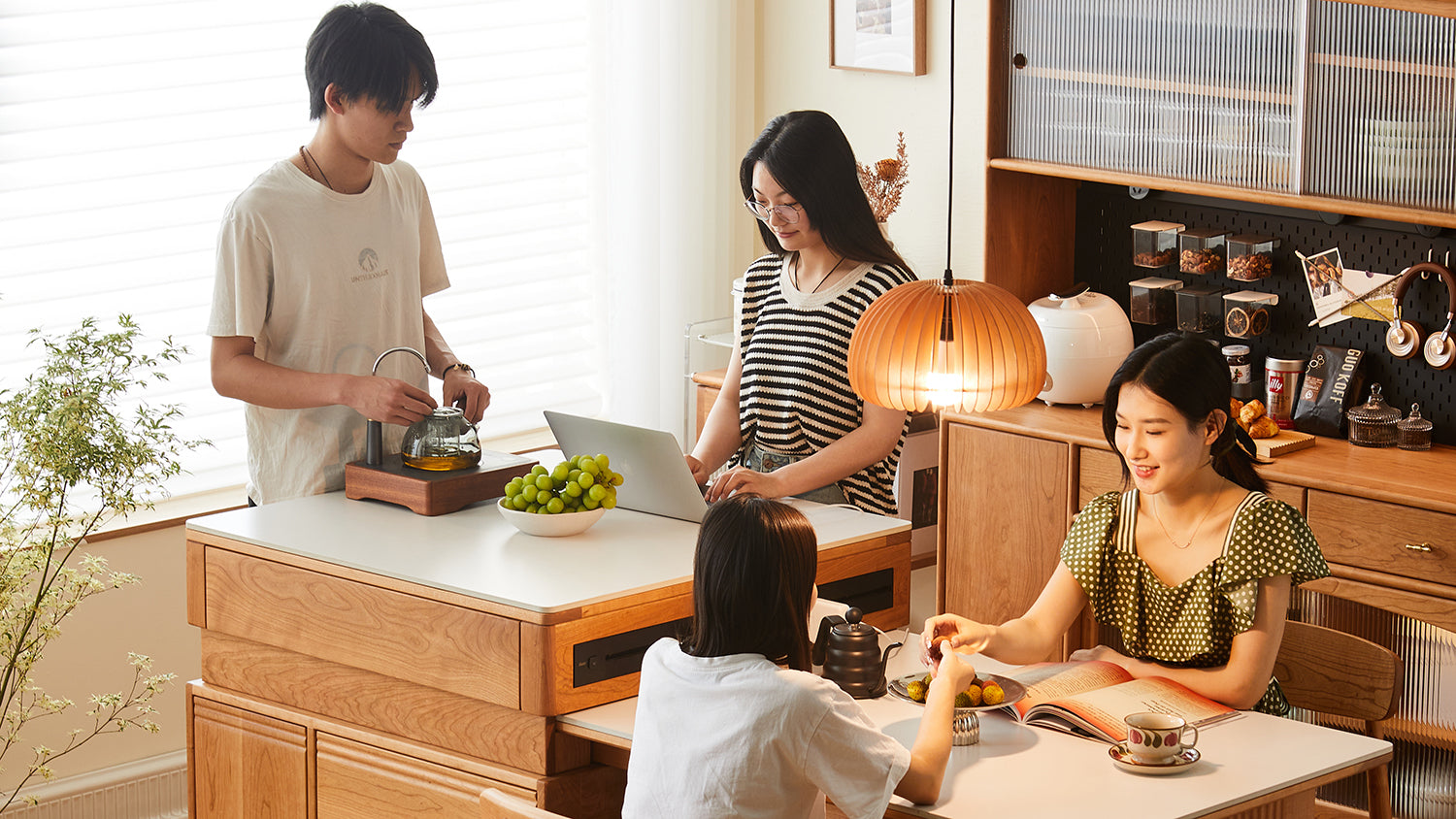

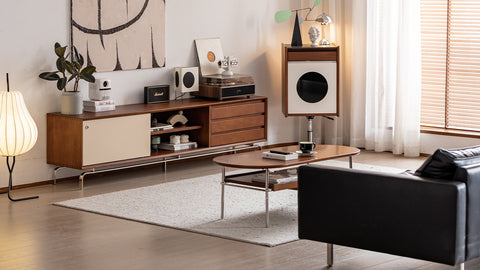

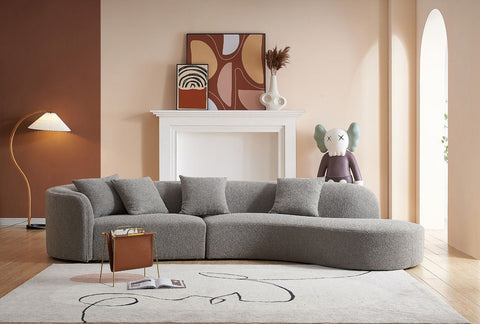
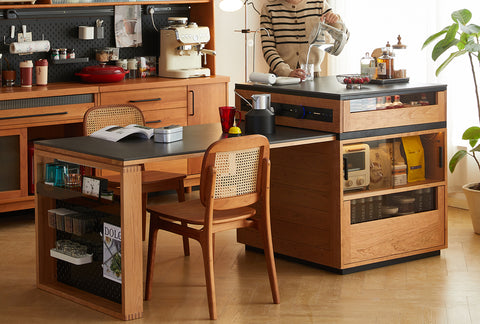
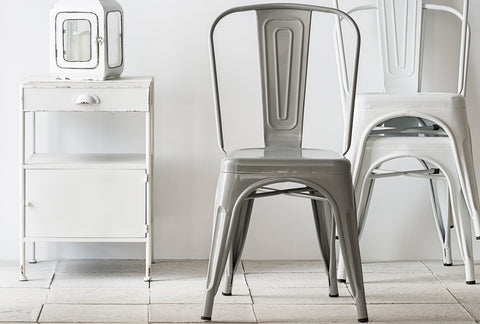
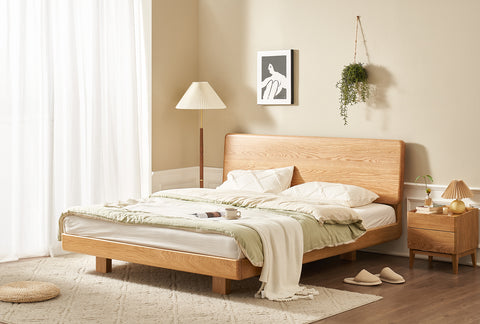
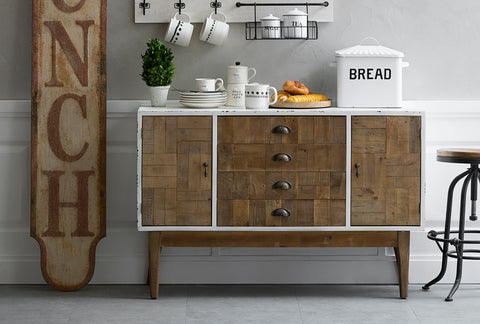




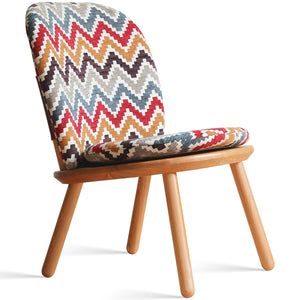
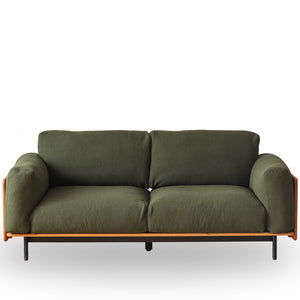
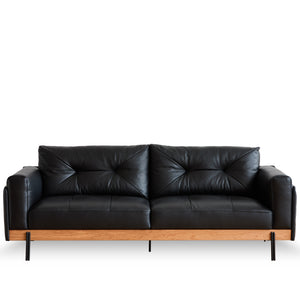
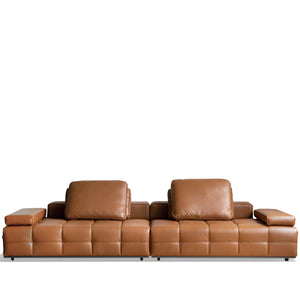
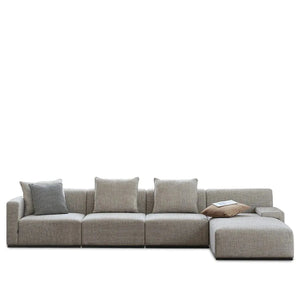
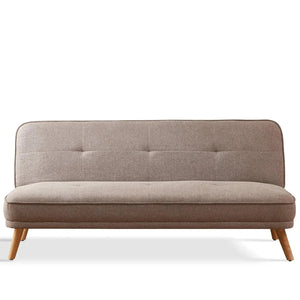
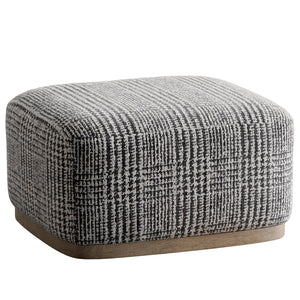
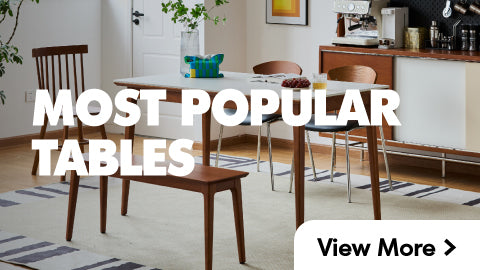
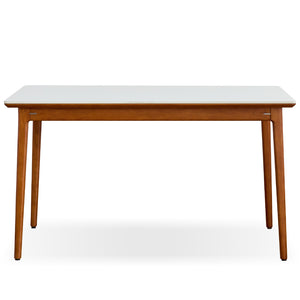
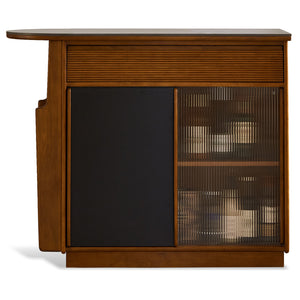
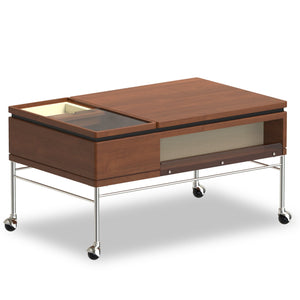
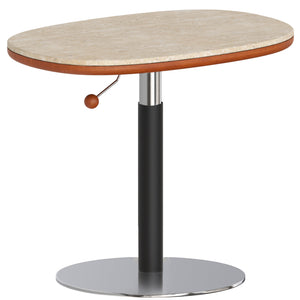
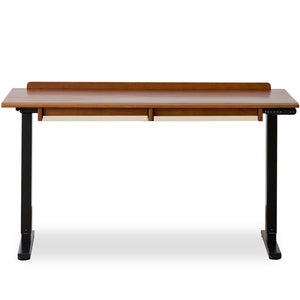
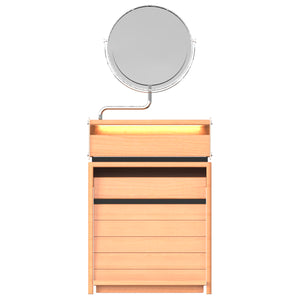
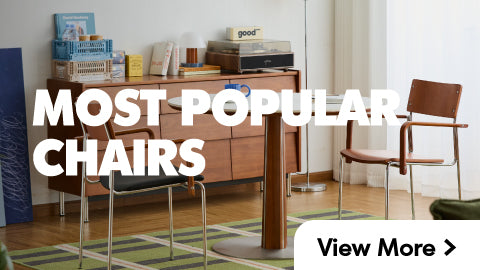
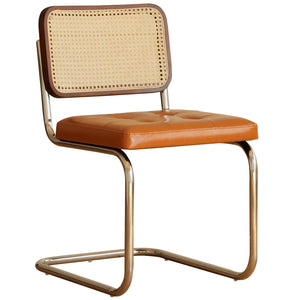
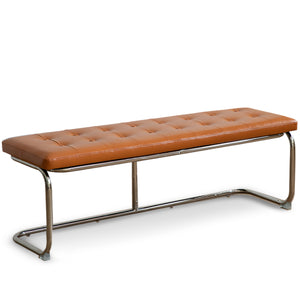
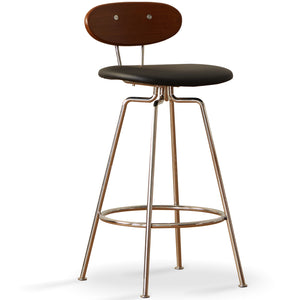

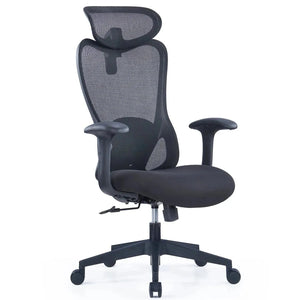
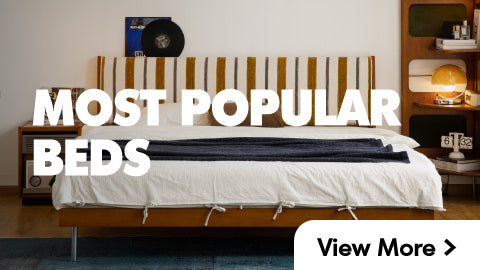
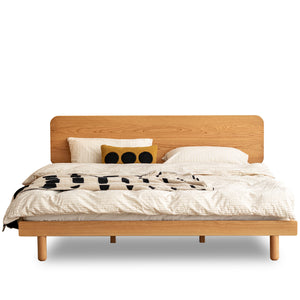
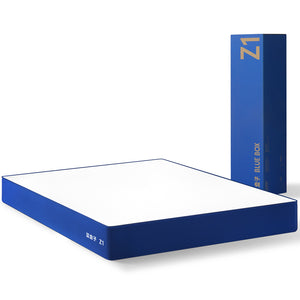
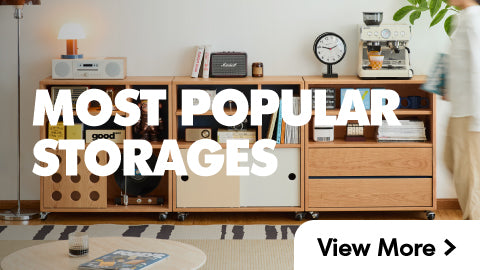
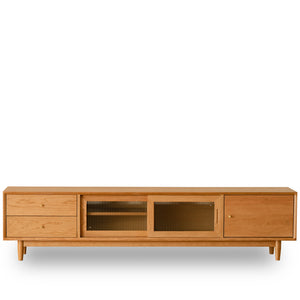
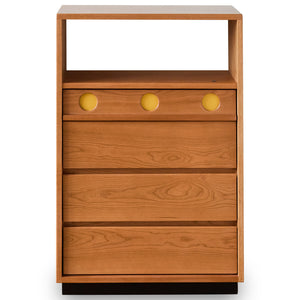
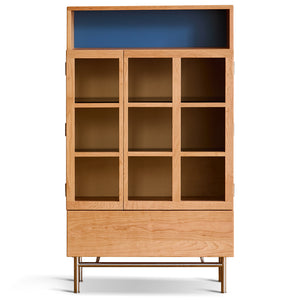
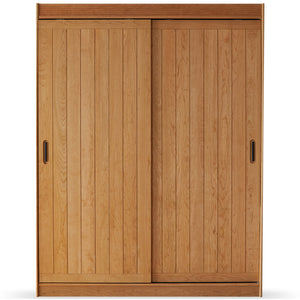
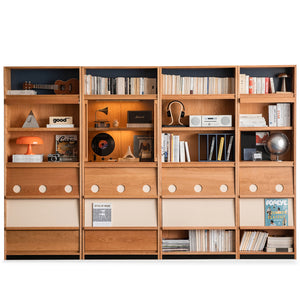

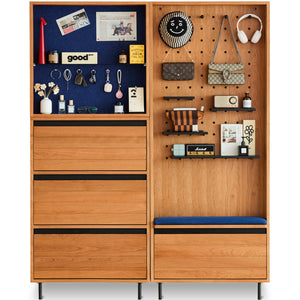
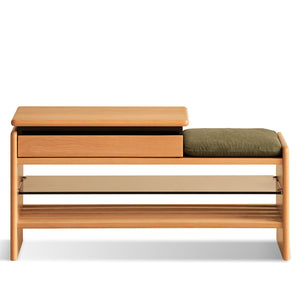
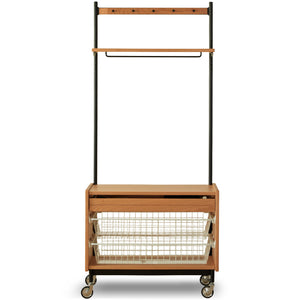
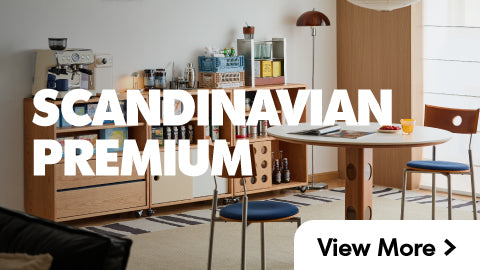






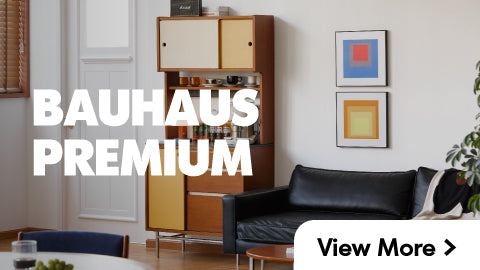














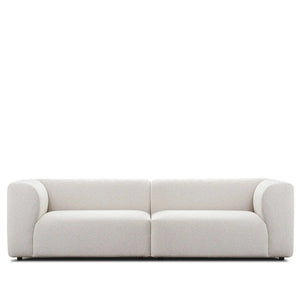




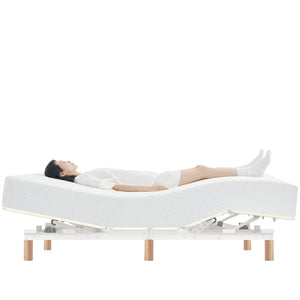
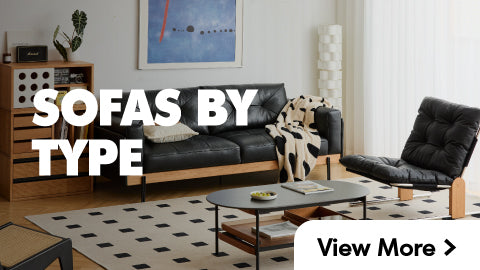
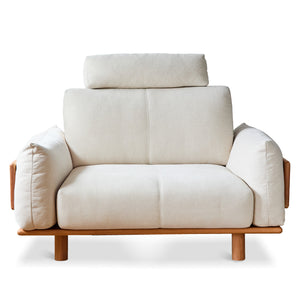

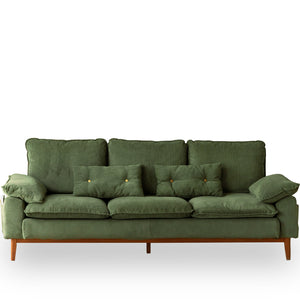
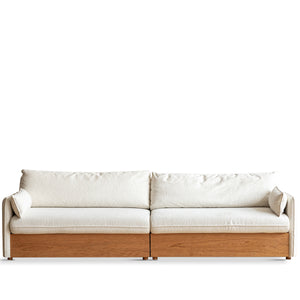
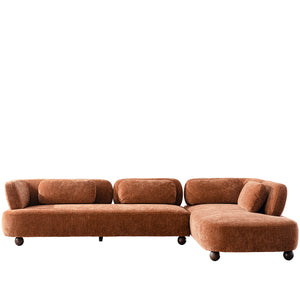
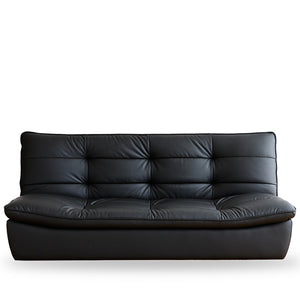
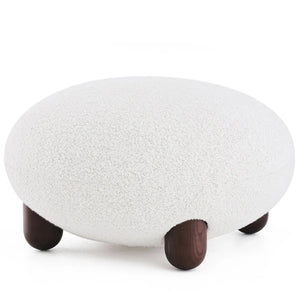
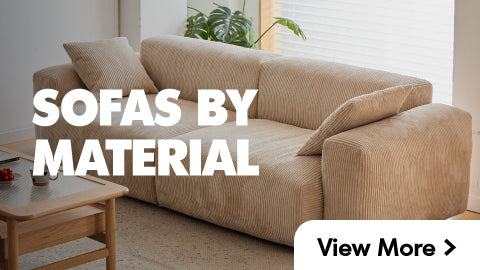
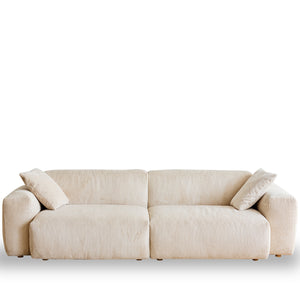
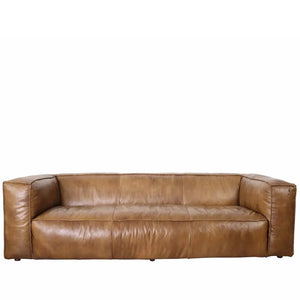
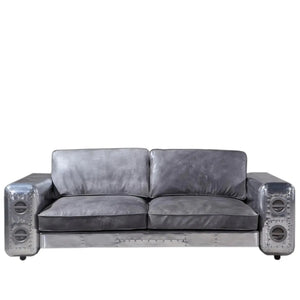
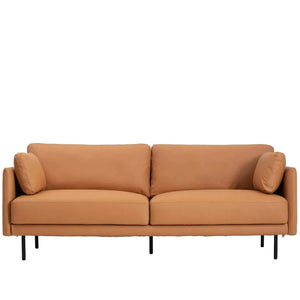
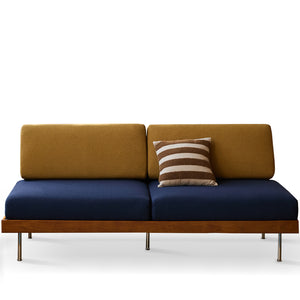
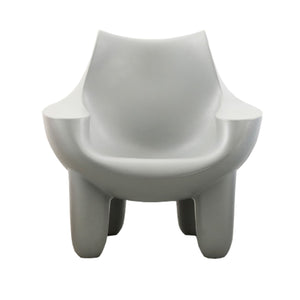


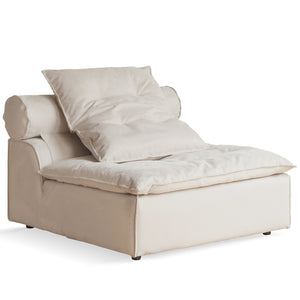

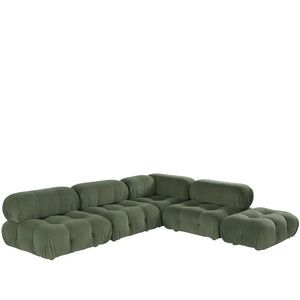
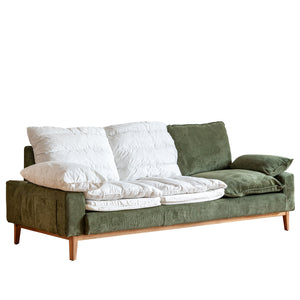
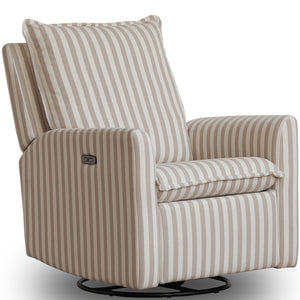
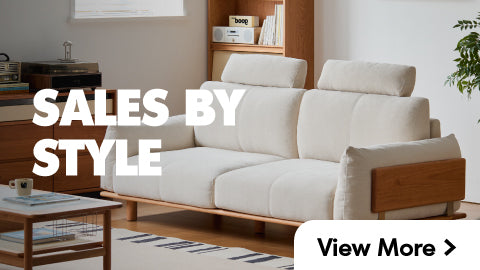
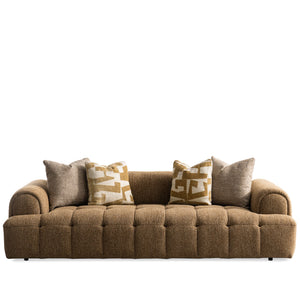

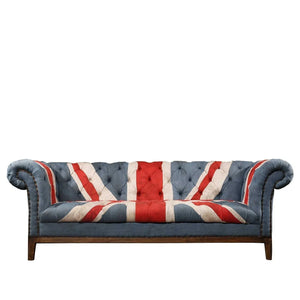
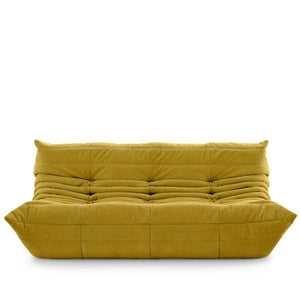
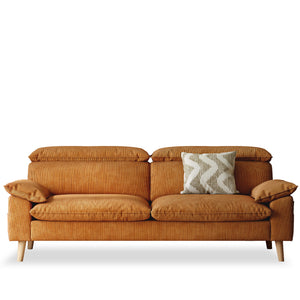
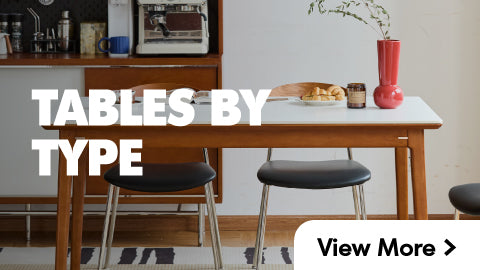
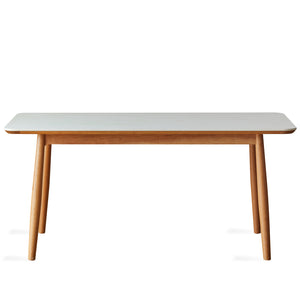
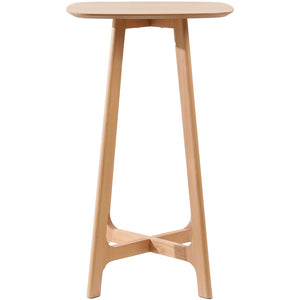
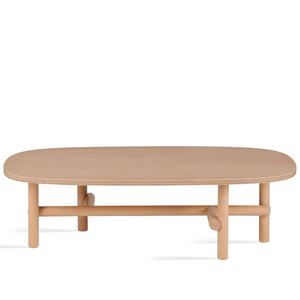
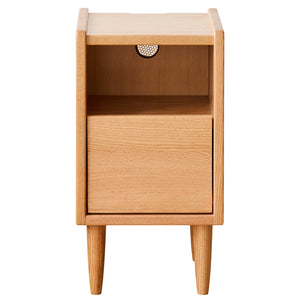
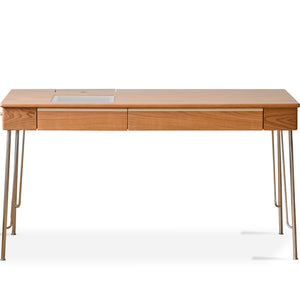
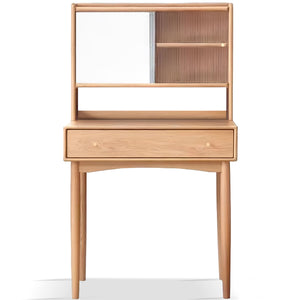
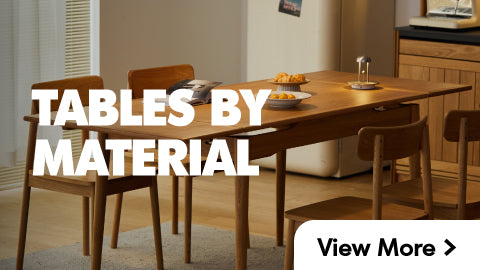
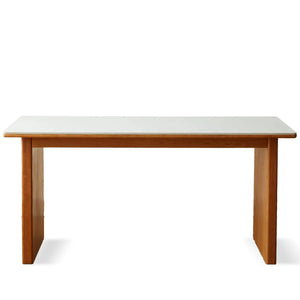
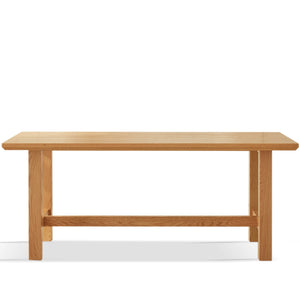
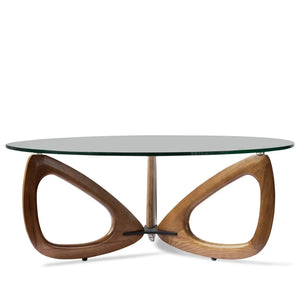
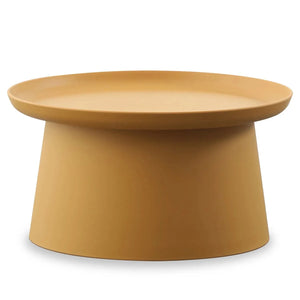

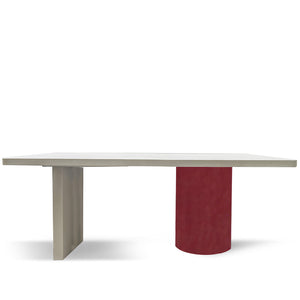
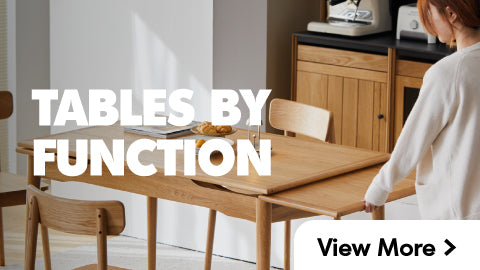
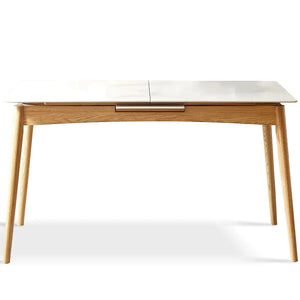
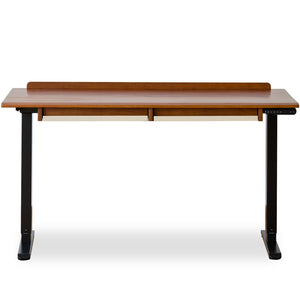
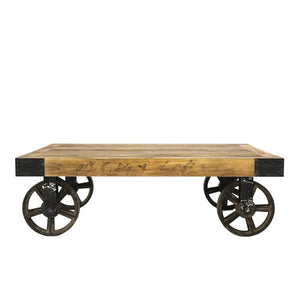

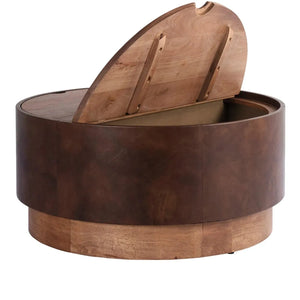
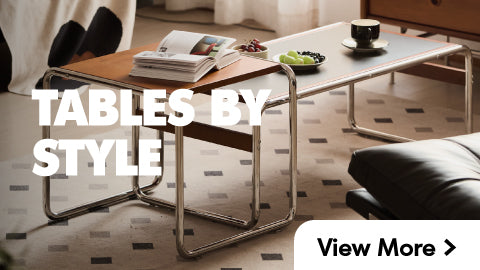
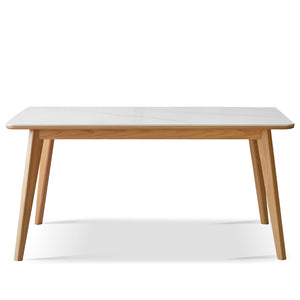

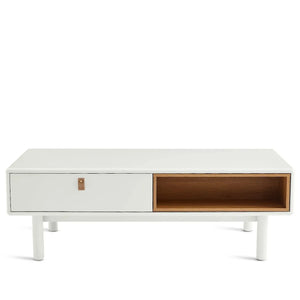
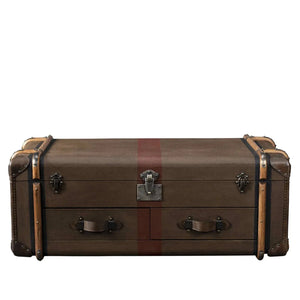
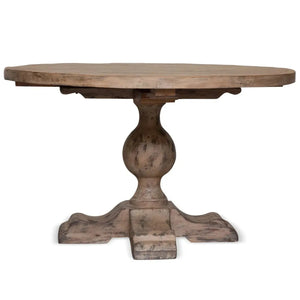
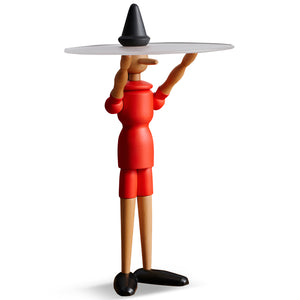
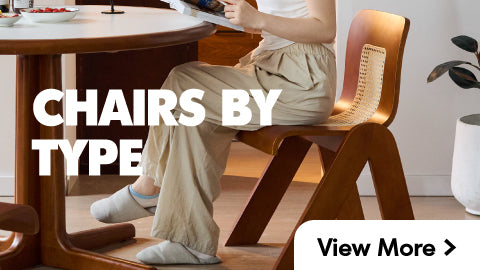
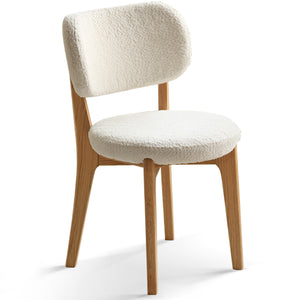
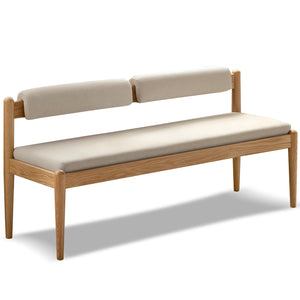
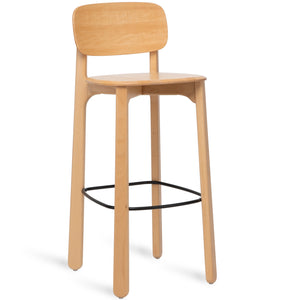
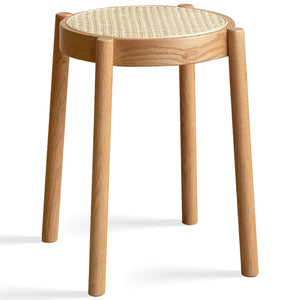
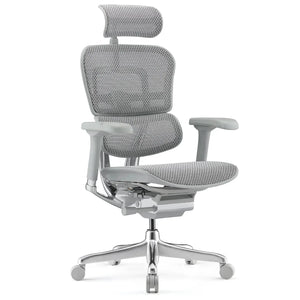
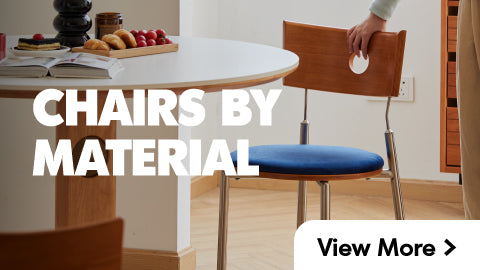
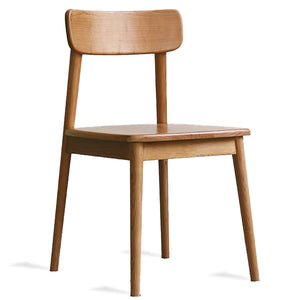
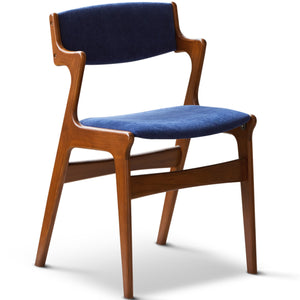
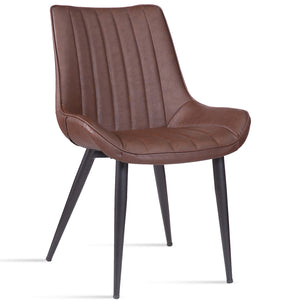
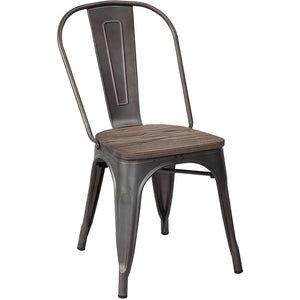
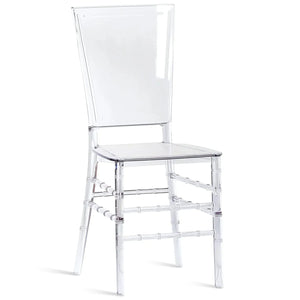
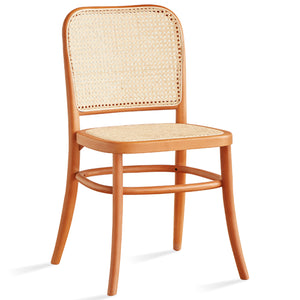
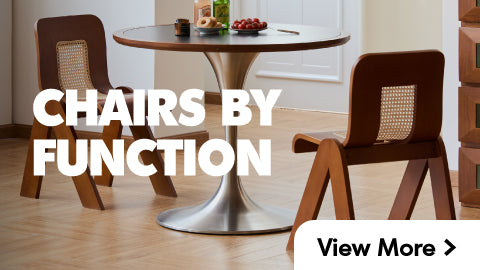
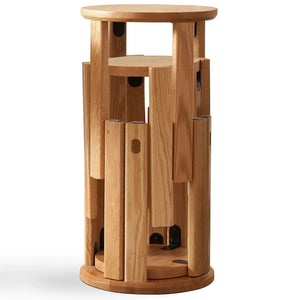

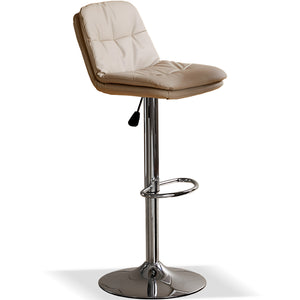
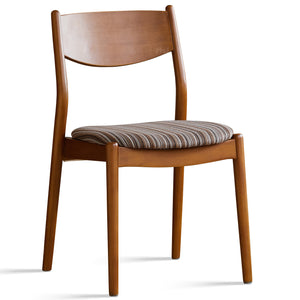
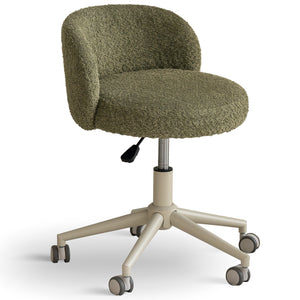
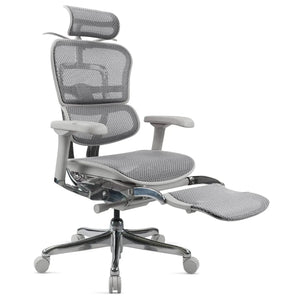
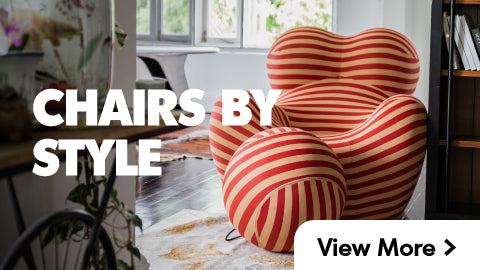
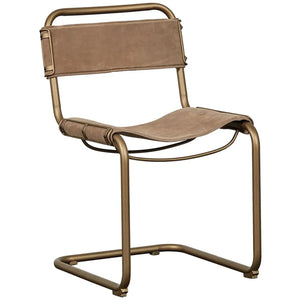
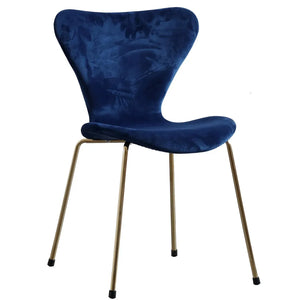
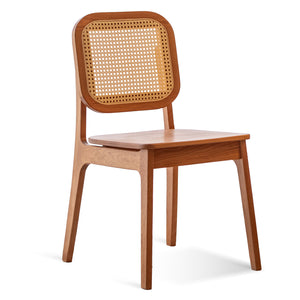
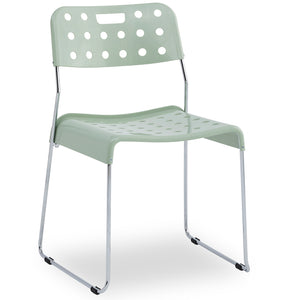
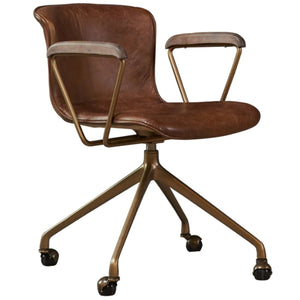

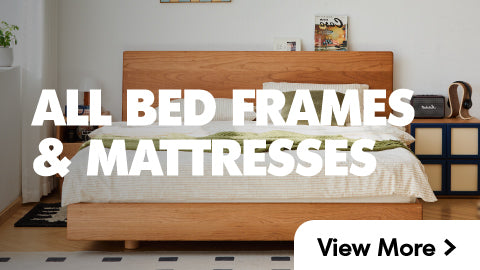
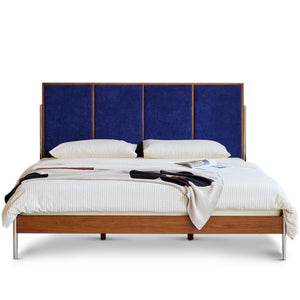
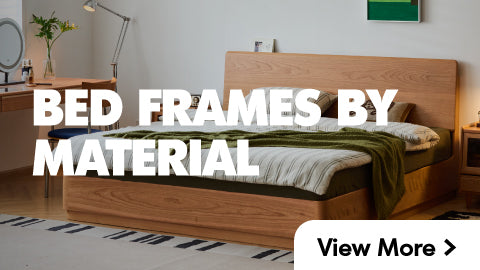
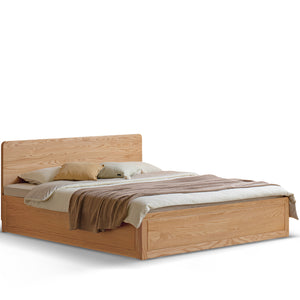
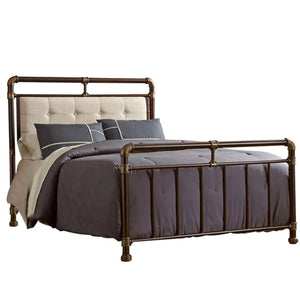
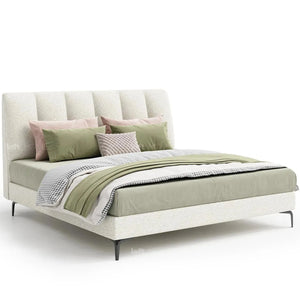
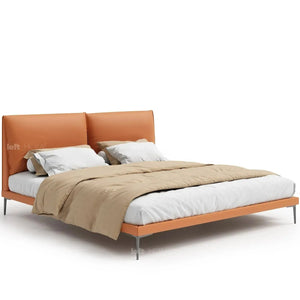
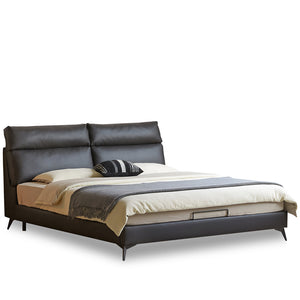
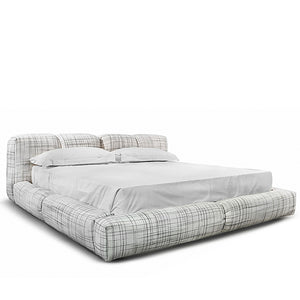
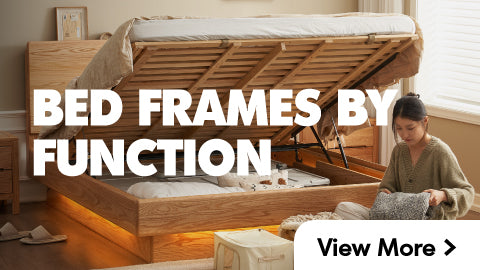
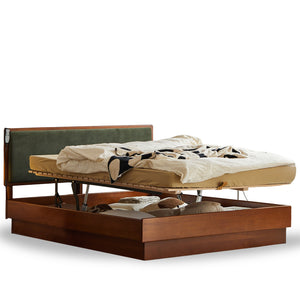


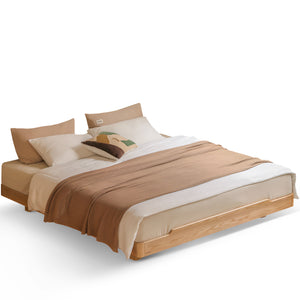
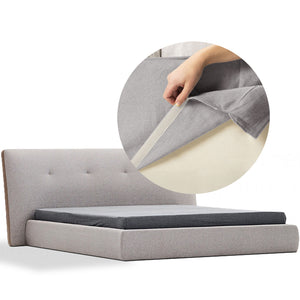
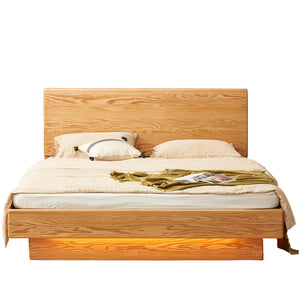
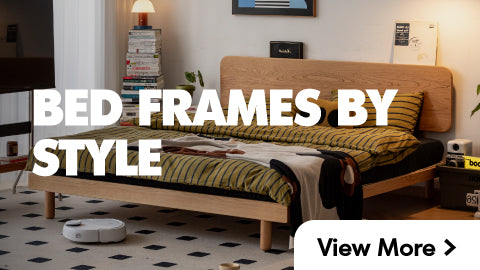
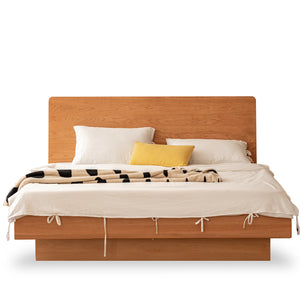
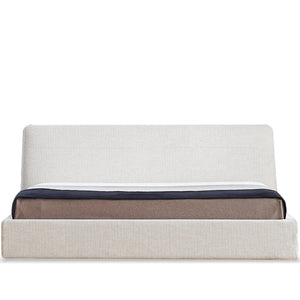
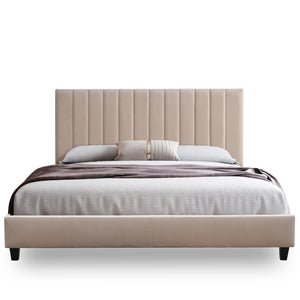
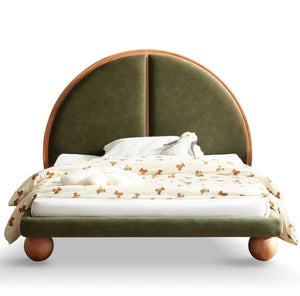
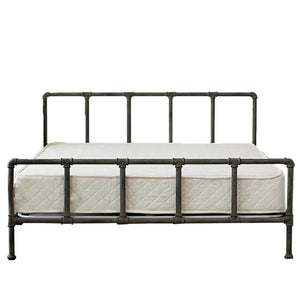
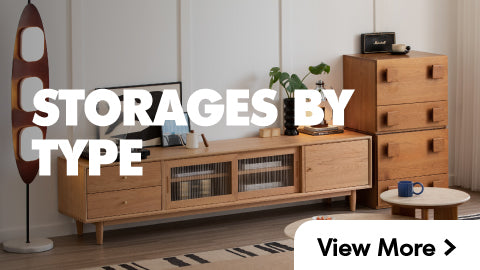
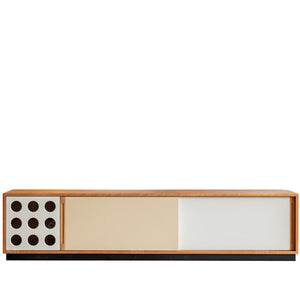

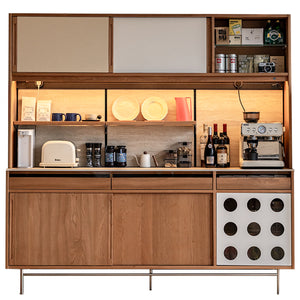
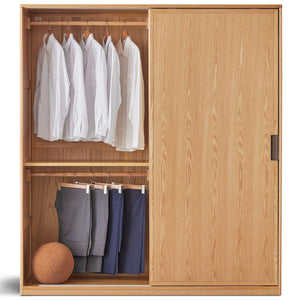
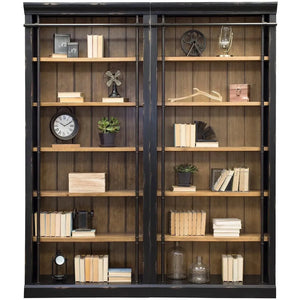
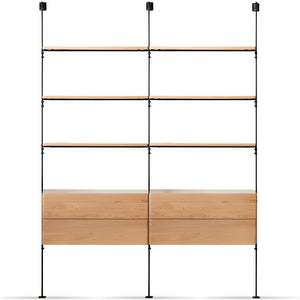
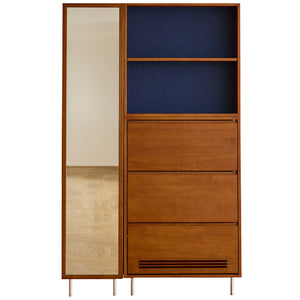
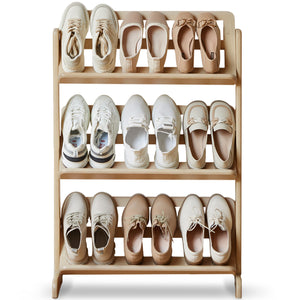
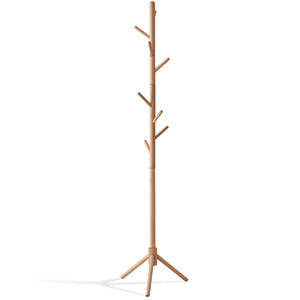
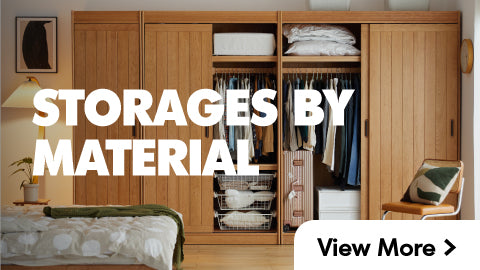
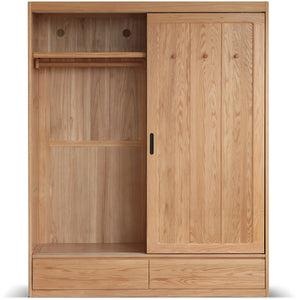
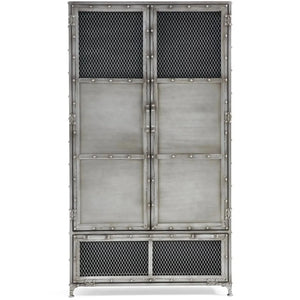
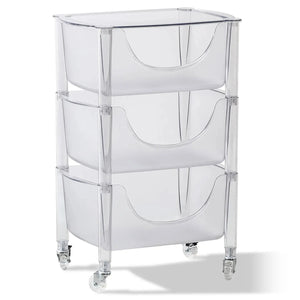
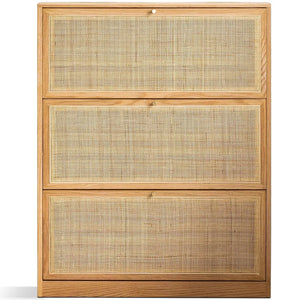
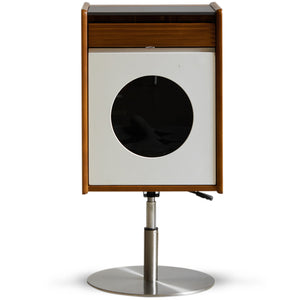
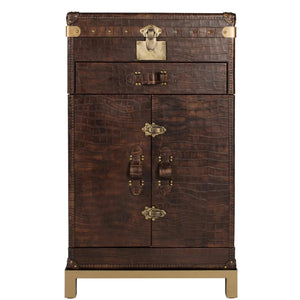

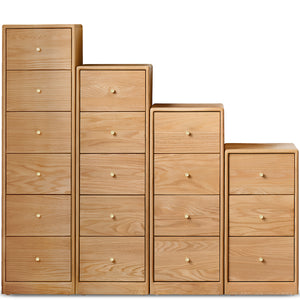
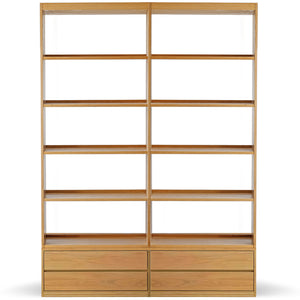
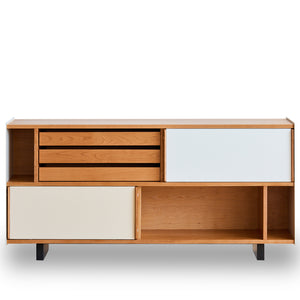
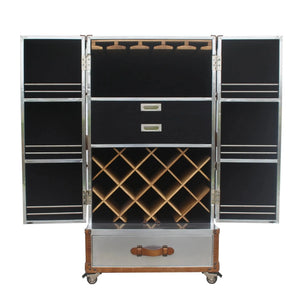
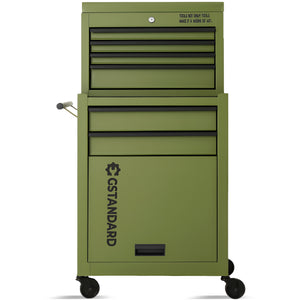

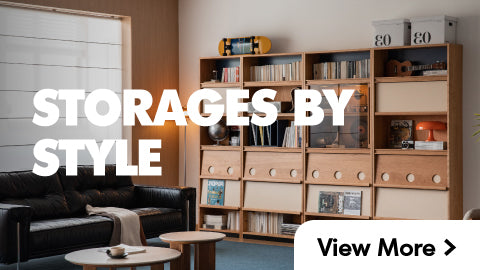
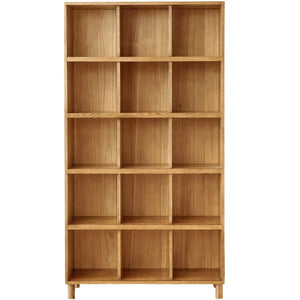

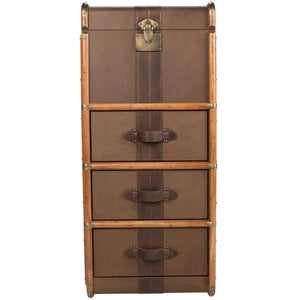
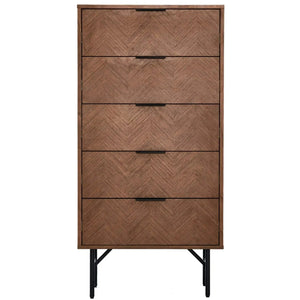
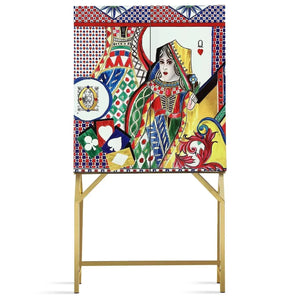
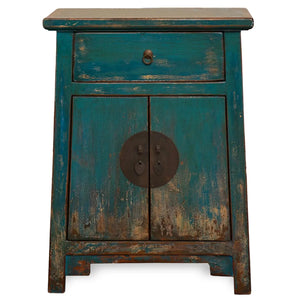


























































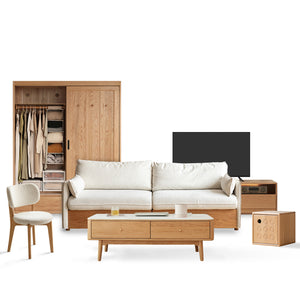
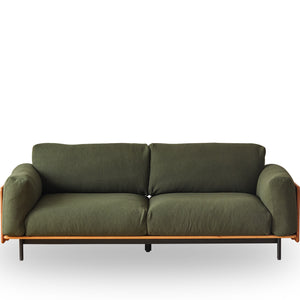
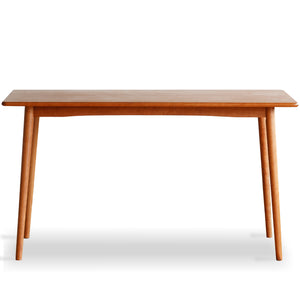
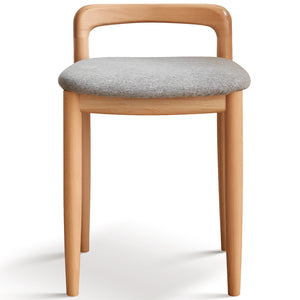
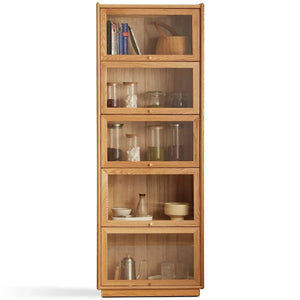
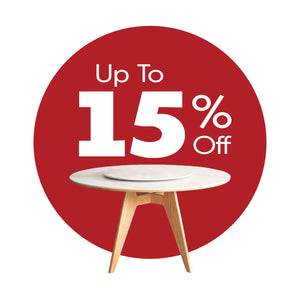
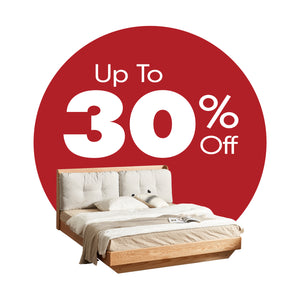

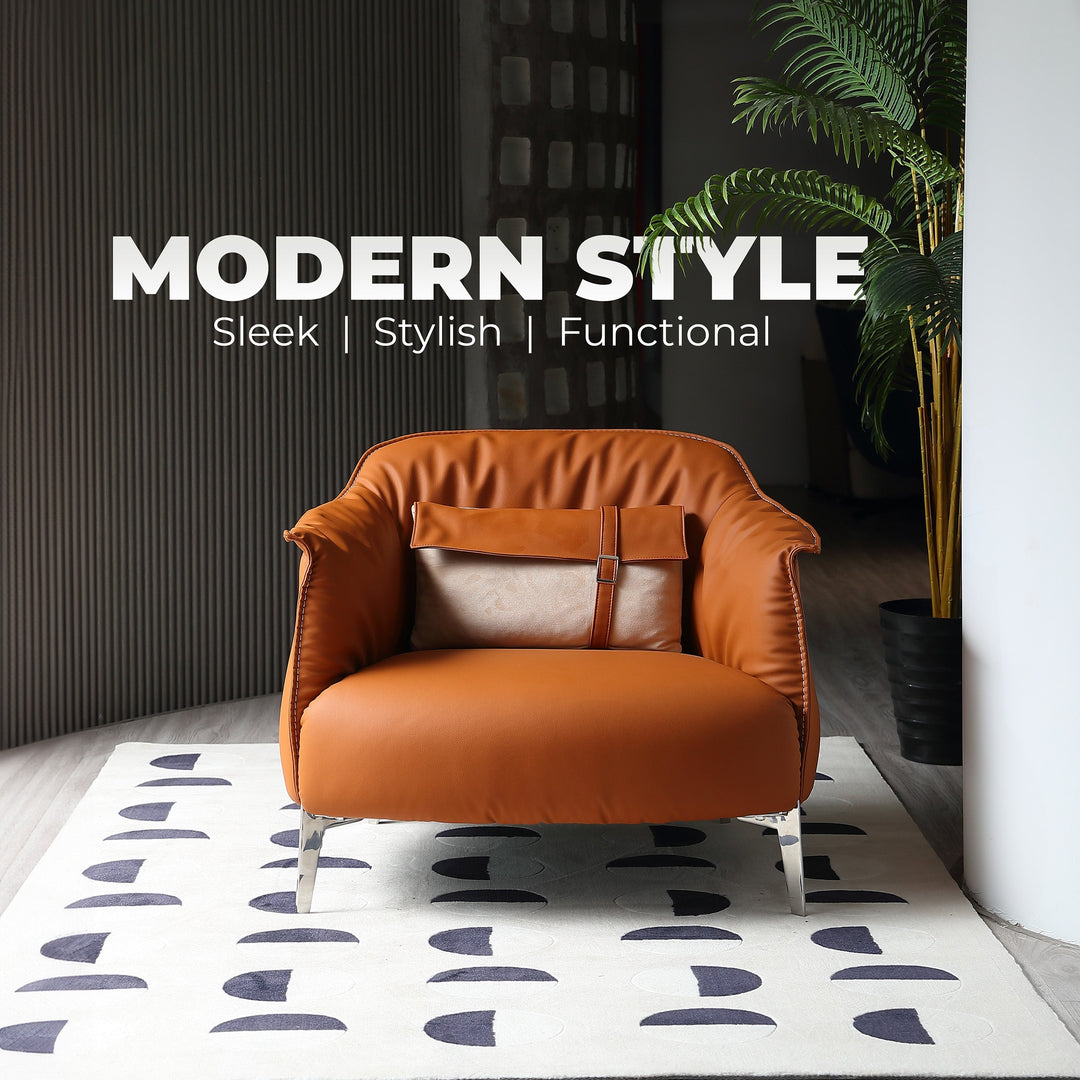
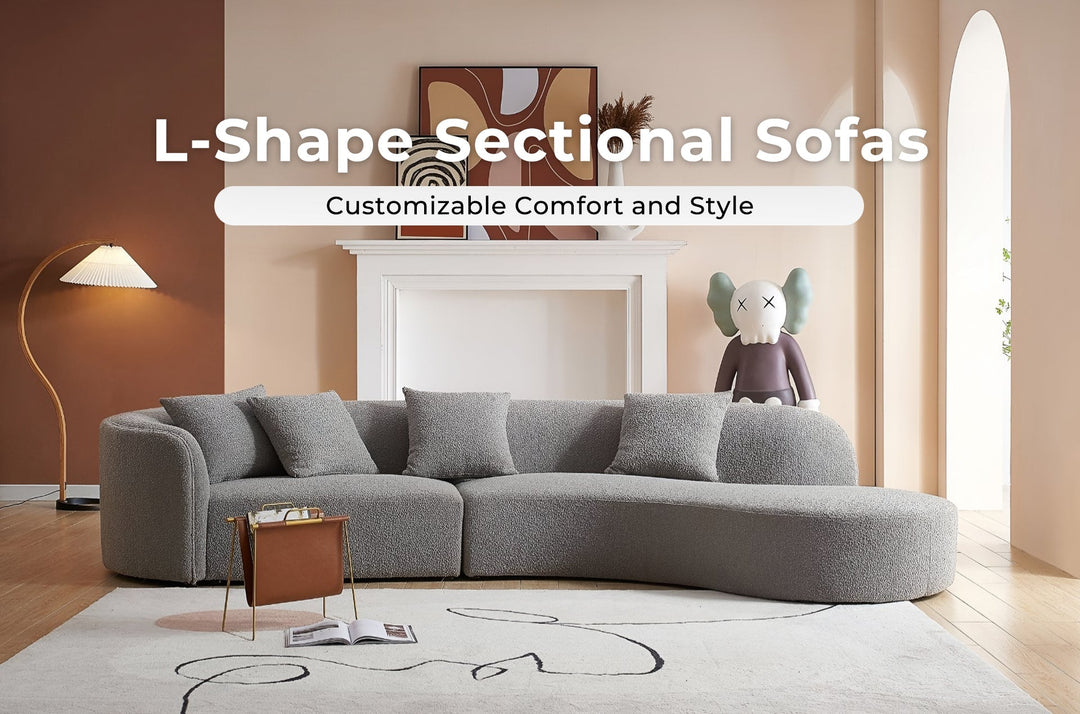
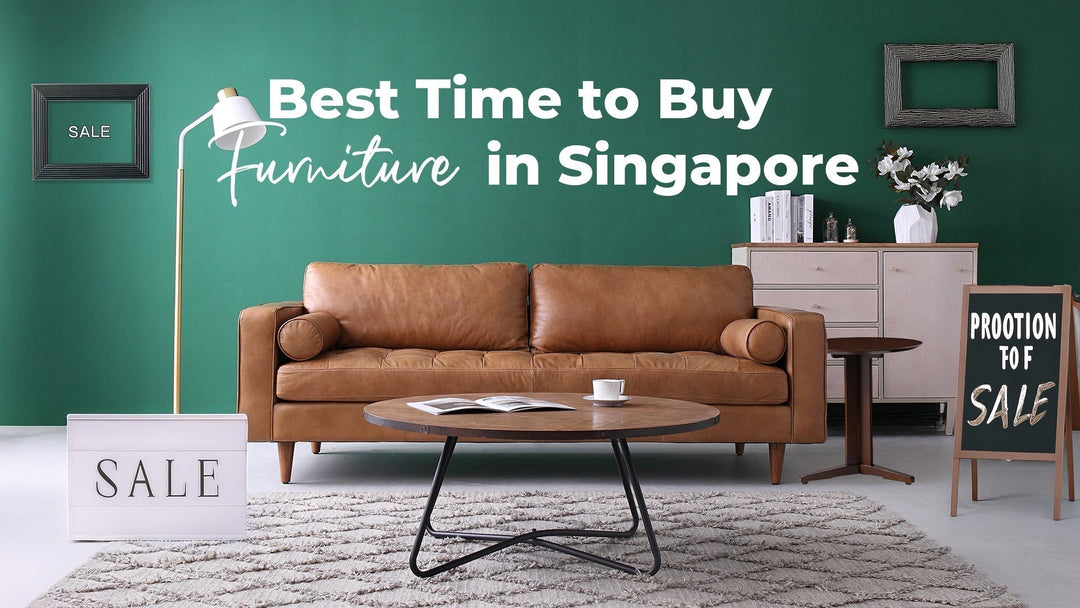
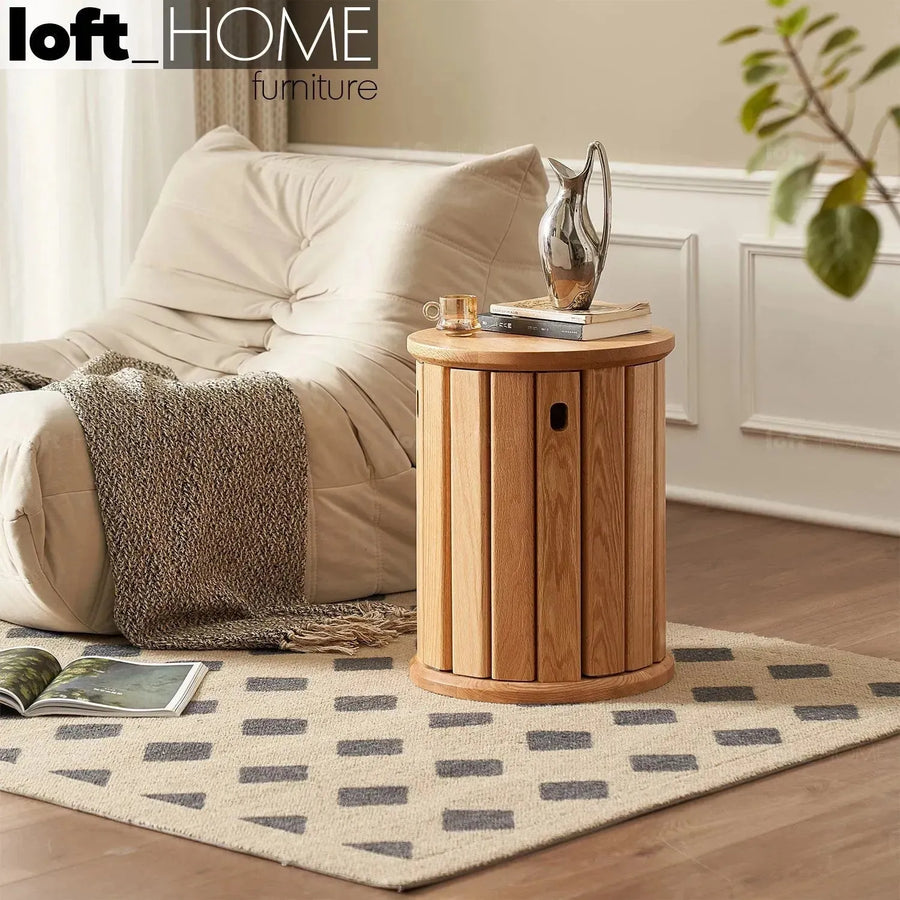
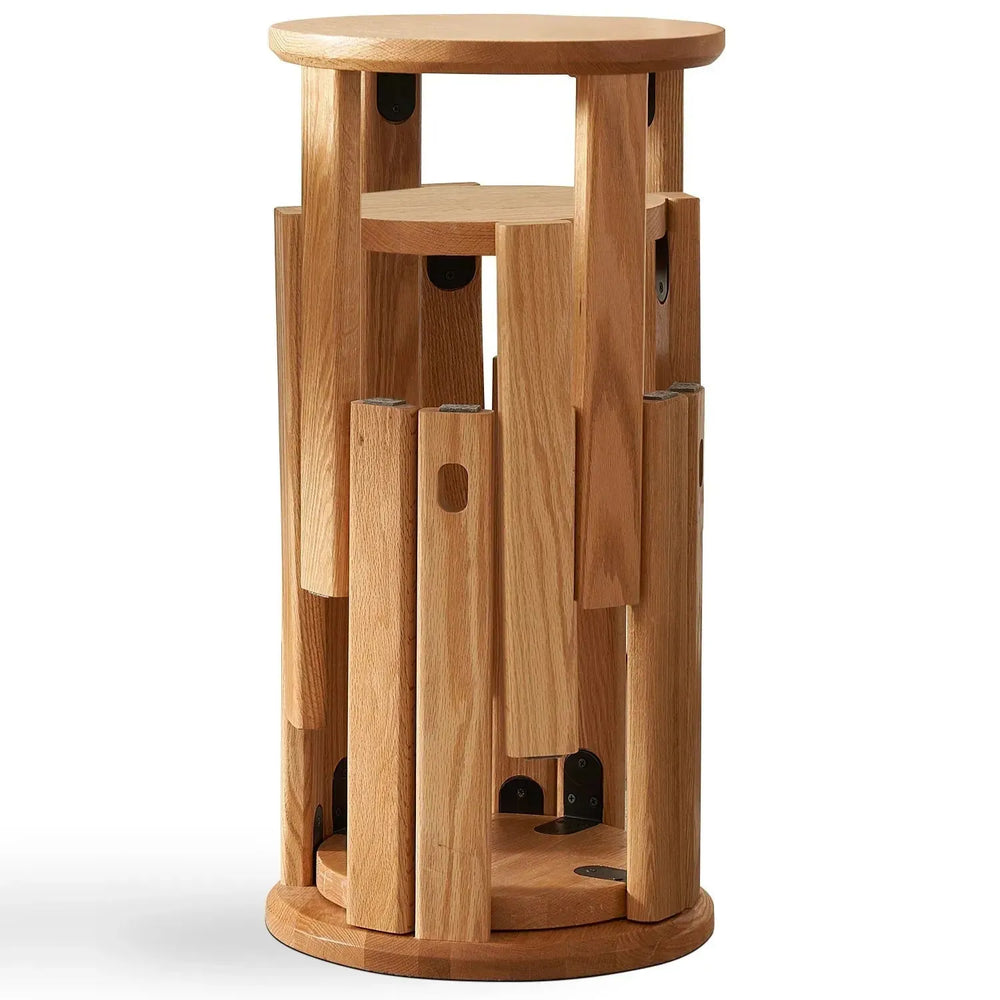

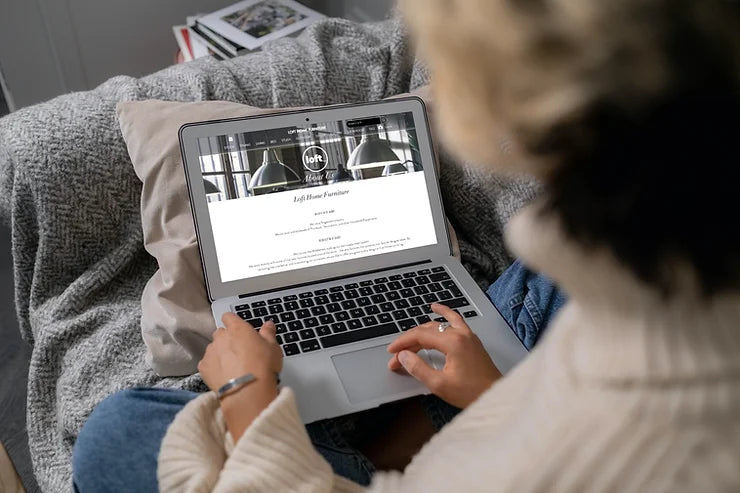
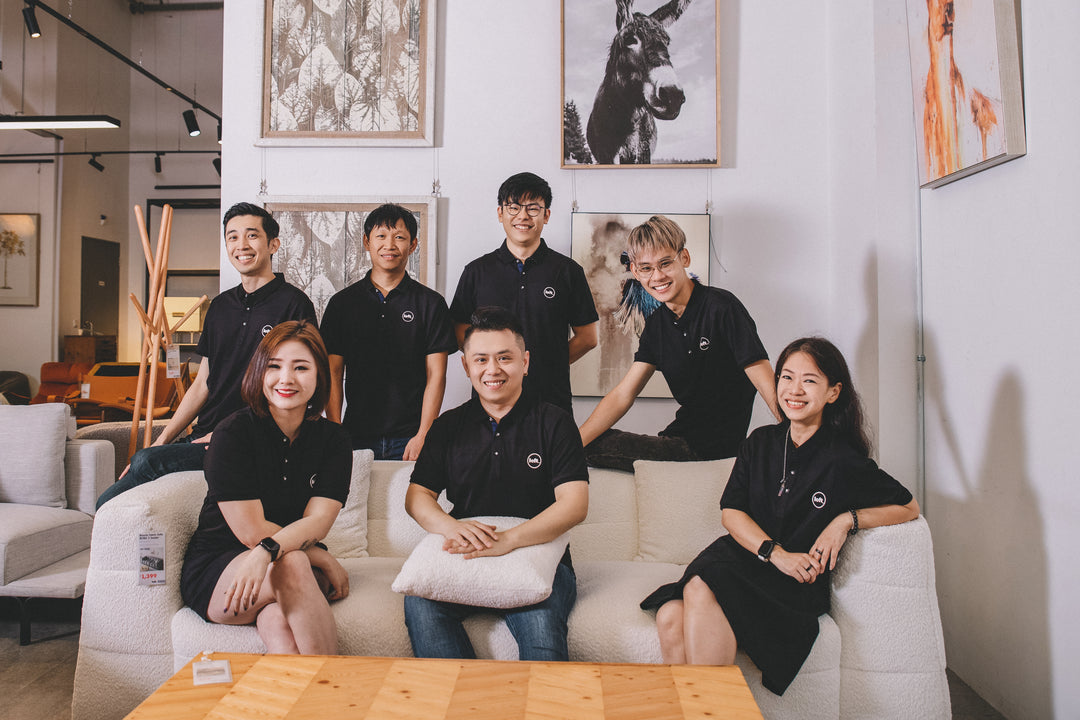
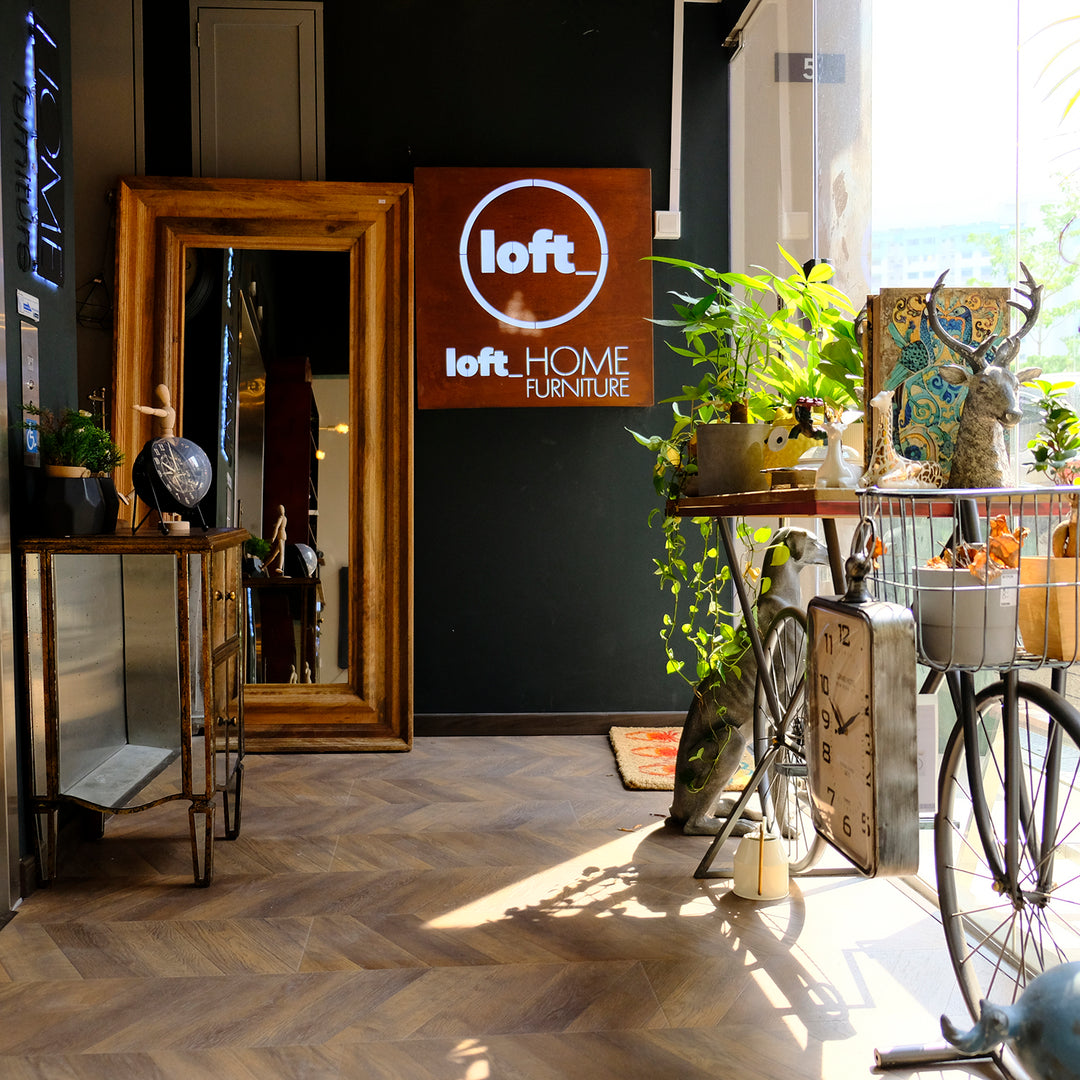
Leave a comment